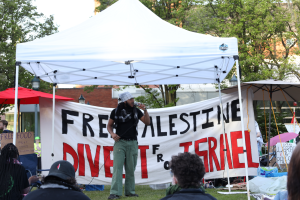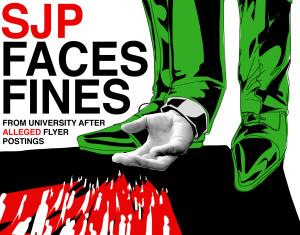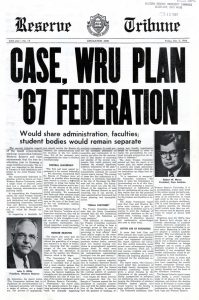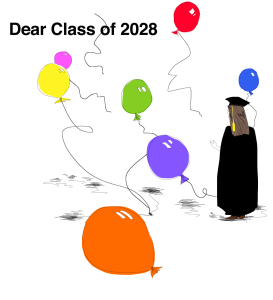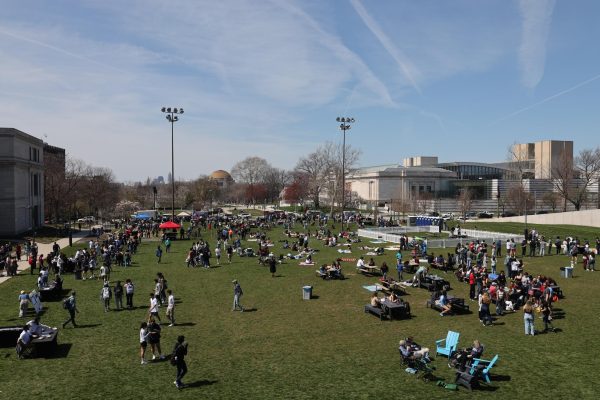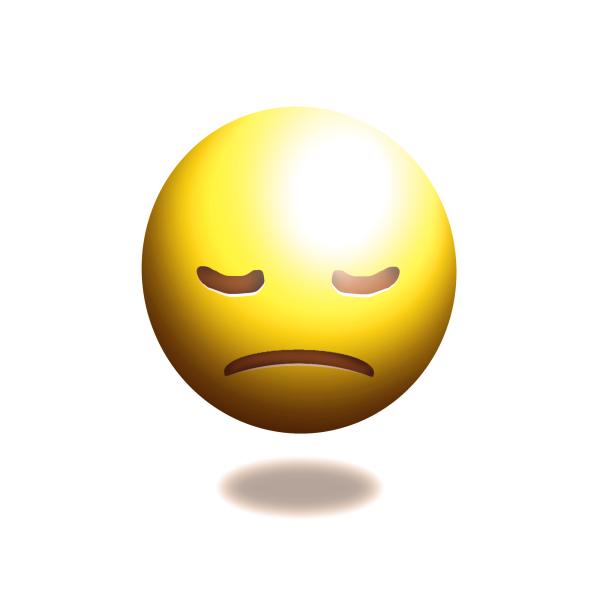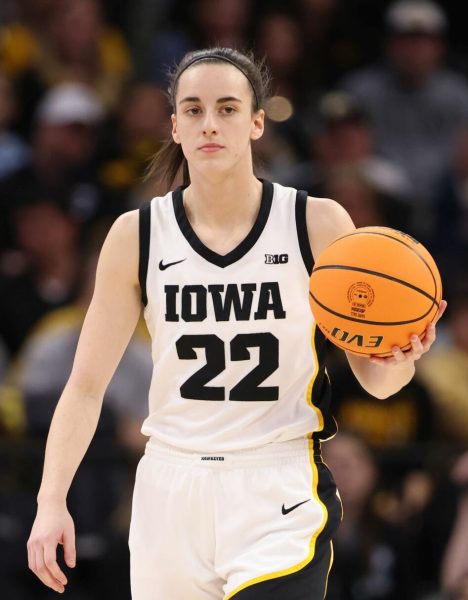Kerby: The 17-body problem
March 22, 2019
As former President Barack Obama finished up his two terms in office, a free-for-all erupted in the Republican Party (GOP) to see who would get the chance to take down Obama’s heir apparent, Hillary Clinton. Seventeen candidates burst onto the stump circuit to plug their visions and rally the GOP base.
In the end, qualified and mainstream candidates were knocked out one by one until Donald Trump took the primary, setting him on the road to the presidency. Over the course of eight months, the seventeen candidates faced off in 12 debates, fast-paced exhibitions of frantic politicking.
By any measure, the 2016 GOP presidential primary was difficult to follow at best, malfunctioning democracy at worst.
Unfortunately, the Democrats seem headed in a similar direction for the 2020 presidential election, as candidates quickly pile up announcements and endorsements. A year and a half before the election, 16 Democrats have declared their candidacies or formed exploratory committees.
While Trump is at the center for most if not all these campaigns, the ideological debates in the Democratic party do not concern me here. Rather, if there’s a better way to run a generic presidential primary with 20 candidates, examining each step in turn.
The 2020 Democratic primaries, caucasus and debates are tentatively scheduled to begin in earnest in a few months. Debates will start in June, with the Iowa caucus heralding the arrival of the formal primary on Feb. 3, 2020 and states holding preliminary elections staggered over the next month. According to the Democratic Party website, participation in the debates and the publicity gained from such a prominent combative arena will be granted to candidates polling above one percent nationally or in early primary states or to those with diverse fundraising bases. All debates are limited to 20 participants.
The aim of a presidential primary is to choose a candidate for the general election, but until the mid-20th century, that choice was left to party elites. In an ideal world, primaries would be decided by a public vote of the party members. Even here, contention arises. Some states, like New York, require a formal declaration of party loyalty to vote in a primary. Illinois, alternatively, allows any voter to choose any party primary in which to participate, which is known as an open primary.
An open primary allows the voices of independents to be considered in candidate selection but also allows mischievous opposition partisans to infiltrate any primary. Closed primaries exclude both independents and opposition members but force citizens to publicly declare a political leaning, which is fraught with social pressure. Every party in every state has its own policies on this count, which is a matter of personal preference. I will not decisively criticize the practices of individual states.
Some unification, however, is necessary in the question of caucuses and primaries. A caucus is a more free-wheeling public debate, followed by general assent by party members present at a polling location at a very limited time. A primary is the more familiar method of having a small preliminary election. Given the limiting, informal and politically charged nature of a caucus, a simple primary is probably preferable. Our generic presidential primary would not have any caucus components, making it more accessible to casual party members.
The timing of the presidential primary season also deserves revision. Iowa, New Hampshire, Nevada and South Carolina wield arbitrarily large power in selecting presidential candidates. While spreading out primaries over a few months allows for lengthy discussion and comparison of candidates, no single set of states deserve unswerving attention from candidates in the early stages of the race. The order of state primaries should therefore be randomized, with some individual contests positioned before the majority of the other states to examine candidates out of the gate and the vast majority of delegate votes reserved for bulk primary days later in the season.
Which candidates attend the debates is another fraught question. Debates must be open to lesser-known candidates to allow for important minority voices but holding a 20-sided debate severely decreases the level of detail that can be presented.
Finally, the primary and debate processes should contribute toward the party coalescing around a candidate. A gradual but forceful winnowing of candidates serves both these goals. I propose decreasing the number of debates from a dozen to perhaps four, the number of participants decreasing to 10 after each based on aggregate national polling. This proposal might be sour grapes to lesser-known candidates, but it is vital to maintaining decorum and examining leading candidates in detail.
In the end, my proposals are about refocusing the American presidential primary around the selection of qualified candidates and eliminating antiquated or arbitrary processes. Eliminating caucuses and stretching out primary election days ensures that every party member has equal say in their state. Randomizing the order of state primaries breaks the hold of a few states on the critical first stages of the primaries. Having smaller debates, finally, allows for serious examination of political ideas, not quick sound bytes and insults.
Together, these three proposals would create a more transparent and stable system of primaries that supports the selection of qualified candidates for office.
Steve Kerby is a fourth-year studying astronomy and physics. He would like to formally announce he is running for the 2020 Democratic primary.

